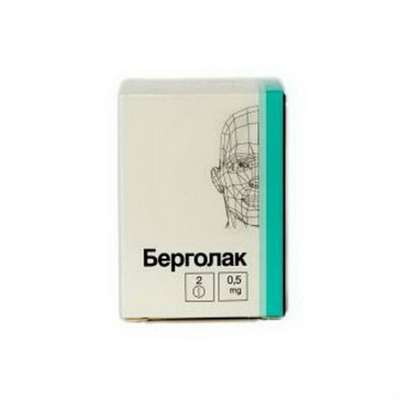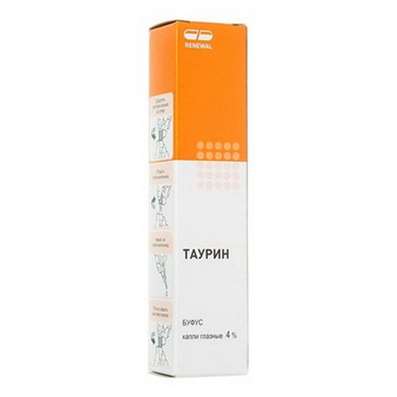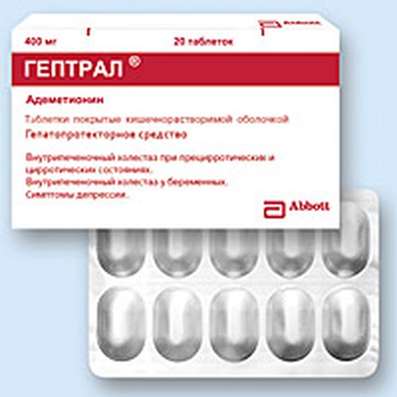Instruction for use: Marcaine
I want this, give me price
Dosage form: solution for injection
Active substance: Bupivacaine
ATX
N01BB01 Bupivacaine
Pharmacological group:
Local Anesthetics
The nosological classification (ICD-10)
R52.0 Acute pain: Acute pain syndrome; Acute pain syndrome with osteoarthritis; Acute pain syndrome of traumatic origin; Severe pain of a neurogenic nature; Severe pain; Pain syndrome at delivery
Z100.0 * Anesthesiology and premedication: Abdominal surgery; Adenomectomy; Amputation; Angioplasty of the coronary arteries; Carotid artery angioplasty; Antiseptic treatment of skin in wounds; Antiseptic treatment of hands; Appendectomy; Atheroctomy; Balloon coronary angioplasty; Vaginal hysterectomy; Venous bypass; Interventions on the vagina and cervix; Interventions on the bladder; Interference in the oral cavity; Reconstructive-reconstructive operations; Hand hygiene of medical personnel; Gynecological Surgery; Gynecological interventions; Gynecological operations; Hypovolemic shock during surgery; Disinfection of purulent wounds; Disinfection of the edges of wounds; Diagnostic Interventions; Diagnostic procedures; Diathermocoagulation of the cervix; Long-term surgeries; Replacement of fistulous catheters; Infection in orthopedic surgical interventions; Artificial heart valve; Kistectomy; Short-term outpatient surgery; Short-term operations; Short-term surgical procedures; Cryotyreotomy; Blood loss during surgical interventions; Bleeding during surgery and in the postoperative period; Laser coagulation Laserocoagulation; Laser retinopathy of the retina; Laparoscopy; Laparoscopy in gynecology; Likvornaya fistula; Small gynecological operations; Small surgical interventions; Mastectomy and subsequent plastic surgery; Mediastinotomy; Microsurgical operations on the ear; Mukinging operations; Suturing; Minor surgery; Neurosurgical operation; Eclipse of the eyeball in ophthalmic surgery; Orchiectomy; Pancreatectomy; Pericardectomy; The rehabilitation period after surgical operations; Reconvalence after surgical intervention; Percutaneous transluminal coronary angioplasty; Pleural Thoracocentesis; Pneumonia postoperative and post traumatic; Preparing for surgical procedures; Preparing for a surgical operation; Preparation of the surgeon's arms before surgery; Preparation of the colon for surgical interventions; Postoperative aspiration pneumonia in neurosurgical and thoracic operations; Postoperative nausea; Postoperative hemorrhage; Postoperative granuloma; Postoperative shock; Early postoperative period; Myocardial revascularization; Resection of the apex of the tooth root; Resection of the stomach; Bowel resection; Resection of the uterus; Liver resection; Small bowel resection; Resection of a part of the stomach; Reocclusion of the operated vessel; Gluing of tissues during surgical interventions; Suture removal; Condition after eye surgery; Condition after surgery in the nasal cavity; Condition after gastrectomy; Condition after resection of the small intestine; Condition after tonsillectomy; Condition after removal of duodenum; Condition after phlebectomy; Vascular Surgery; Splenectomy; Sterilization of surgical instrument; Sterilization of surgical instruments; Sternotomy; Dental surgery; Dental intervention on periodontal tissues; Strumectomy; Tonsillectomy; Thoracic surgery; Total gastrectomy; Transdermal intravascular coronary angioplasty; Transurethral resection; Turbinectomy; Removal of a tooth; Cataract removal; Removing Cysts; Removal of tonsils; Removal of myoma; Removal of mobile milk teeth; Removal of polyps; Removal of a broken tooth; Removal of the uterus; Removal of seams; Urethrotomy; Fistula of the luminal ducts; Frontoetmoidogamotomy; Surgical infection; Surgical treatment of chronic ulcers of extremities; Surgery; Surgery in the anus; Surgery on the large intestine; Surgical practice; Surgical procedure; Surgical interventions; Surgical interventions on the digestive tract; Surgical interventions on the urinary tract; Surgical interventions on the urinary system; Surgical interventions on the genitourinary system; Surgical intervention on the heart; Surgical procedures; Surgical operations; Surgical operations on veins; Surgical intervention; Vascular Surgery; Surgical treatment of thromboses; Cholecystectomy; Partial resection of the stomach; Extraperitoneal hysterectomy; Percutaneous transluminal coronary angioplasty; Percutaneous transluminal angioplasty; Coronary artery bypass grafting; Extirpation of the tooth; Extirpation of infant teeth; Extirpation of pulp; Extracorporeal circulation; Extraction of the tooth; Extraction of teeth; Extraction of cataracts; Electrocoagulation; Endourological interventions; Episiotomy; Ethmoidotomy; Complications after tooth extraction
Composition and release form
1 ml solution for injection contains bupivacaine hydrochloride 2.5 and 5 mg; in bottles of 20 ml, in a box of 5 pcs. (Markain); or 5 mg; in ampoules of 4 ml, in a box or in a planar cell pack 5 pcs. (Marcian Spinal, Markain Spinal Heavy). Markain Spinal also contains 8 mg / ml sodium chloride, and Markain Spinal Heavy - 80 mg / ml dextrose monohydrate.
1 ml solution for injection - bupivacaine hydrochloride 2.5 or 5 mg and epinephrine 5 μg (Markain adrenaline); in bottles of 20 ml, in a box of 5 pcs.
Pharmachologic effect
Pharmacological action - local anesthetic.
It blocks the passage of sodium ions through the corresponding channels of the membrane of the nerve fiber, inhibits the formation and holding of a pain pulse.
Pharmacokinetics
Lipofilen; the distribution coefficient in the oil / water medium is 27.5. The plasma concentration is 0.4 μg / ml for every 100 mg administered. It is destroyed in the liver, the main metabolites are 2,6-pipecoliconeidine and its derivatives. The volume of distribution - 73 liters, T1 / 2 - 2.7 hours. The index of hepatic excretion is 0,4. Cl - 0.58 l / min. 6% is displayed unchanged.
Indications for the Marcaine
Marcaine, Marcaine Adrenaline: regional anesthesia and analgesia (including epidural block, conductive blockade and infiltration).
Marcaine Spinal, Marcaine Spinal Heavy: spinal anesthesia.
Contraindications
Hypersensitivity to local anesthetics of the amide type. Contraindicated for carrying out / in anesthesia by Biru.
Application in pregnancy and lactation
Passes through the placental barrier, partially penetrates into breast milk.
Side effects
From the nervous system: paresthesia, weakness, paraplegia, loss of control over sphincters (effects associated with the technique of anesthesia, regardless of the type of local anesthetic used).
From the cardiovascular system: in case of an overdose or accidental intravascular injection, a decrease in cardiac output, bradycardia or tachycardia, ventricular arrhythmias, conduction disorders (up to blockade), fibrillation and cardiac arrest.
Allergic reactions: rarely, in the most severe cases - anaphylactic shock.
Interaction
It intensifies the toxic effect of other local anesthetics or preparations similar in structure.
With the simultaneous use of adrenaline-containing solutions with tricyclic antidepressants, non-cardioselective blockers, ergotamine preparations, and when combined with general anesthesia with halothane-type drugs, the development of prolonged hypertension is possible.
Phenothiazines and butyrophenones reduce the pressor effect of epinephrine.
Dosing and Administration
Injection or infusion, the dose depends on the type of blockade.
Precautionary measures
There is evidence of cardiac arrest or death when used for epidural anesthesia or peripheral blockade. When performing retrobulbar anesthesia, accidental entry into the subarachnoid space, respiratory arrest is possible. They are used with caution in patients with partial or complete cardiac blockade, progressive liver disease, severe renal dysfunction, weakened patients and elderly people. Local anesthetics containing epinephrine are used with caution in people with pathological conditions that can exacerbate under the influence of adrenaline, and when blockades are performed in areas that are blood-supplying with end-type arteries or with disturbed blood supply. Avoid intravascular drug administration.
Conditions for storing Marcaine
At a temperature of no higher than 25 ° C. Do not freeze.
Keep out of the reach of children.
Shelf life of Marcaine
3 years.
Do not use after the expiry date printed on the package.

 Cart
Cart





